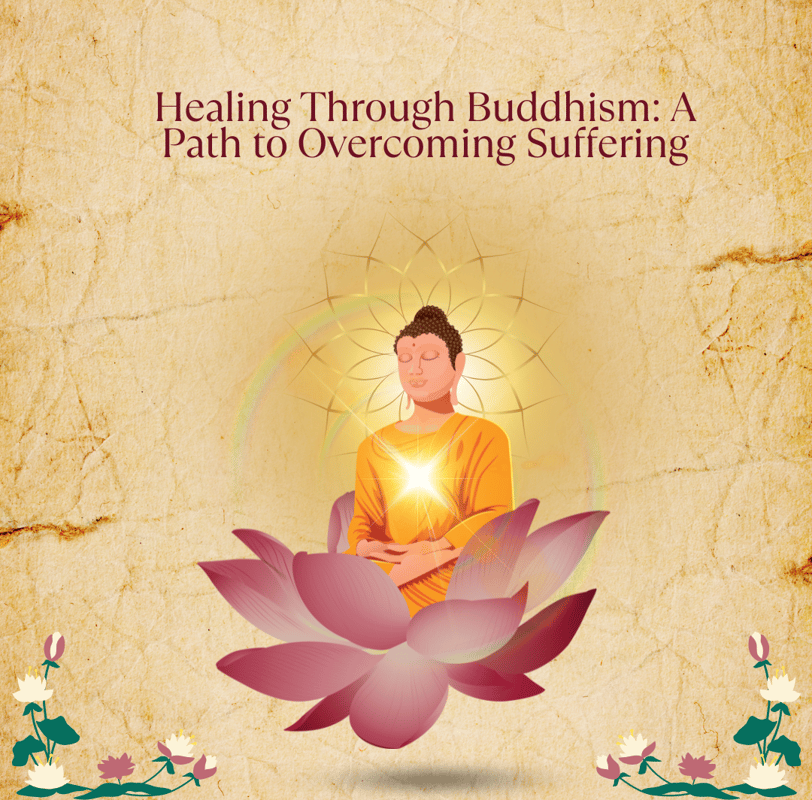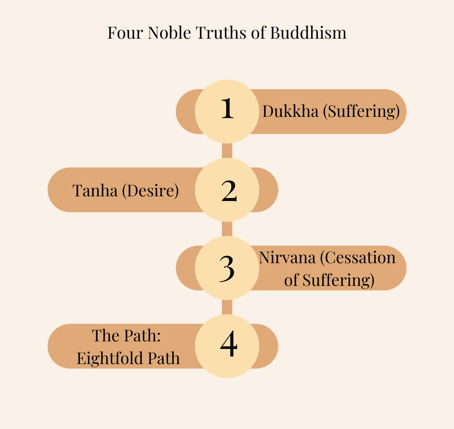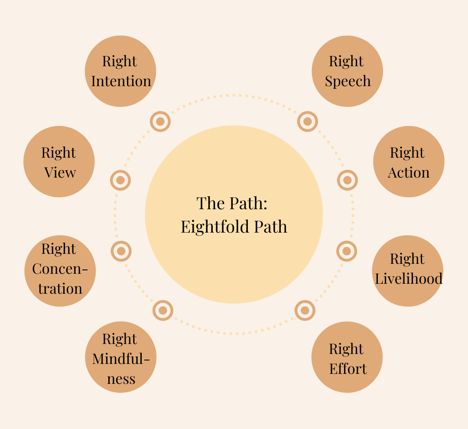Healing Through Buddhism: A Path to Overcoming Suffering
PSYCHOLOGY BEFORE SCIENCE
1/5/20253 min read


Buddhism, founded on the words of Siddhartha Gautama, commonly known as the Buddha, provides a profound, systematic framework to achieve recovery from suffering, or dukkha. It focuses on healing the psyche by addressing the root causes of suffering, fostering spiritual and psychological growth through its central teachings: the Four Noble Truths and the Eightfold Path.
The Base: Four Noble Truths
1. Dukkha (Suffering):
Life is characterized by dukkha, a sense of dissatisfaction or misalignment.
Suffering extends beyond physical pain to include existential discomfort.
Six key experiences of dukkha include:
Birth trauma
Sickness
Old age
Death
Being tied to what one dislikes
Being separated from what one loves
2. Tanha (Craving or Desire):
The root cause of suffering is tanha, or selfish cravings for personal fulfillment.
Tanha manifests as attachment, egoism, and a yearning for permanence in a transient world.
This craving perpetuates cycles of pain, reinforcing internal psychological suffering.
3. Nirvana (Cessation of Suffering):
Nirvana means deliverance from the cycle of craving and suffering.
It represents peace, bliss, and liberation from the ego.
The Path: Eightfold Path
1. Moral Conduct (Sila):
Right Speech: Avoid lies, slander, and abusive words; focus on truth and gentle communication.
Right Action: Engage in actions that do not harm others; a moral way of life promotes peace and alleviates misery.
Right Livelihood: Pursue an ethical occupation that does not cause suffering.
2. Mental Discipline (Samadhi):
Right Effort: Cultivate wholesome thoughts and abandon unwholesome ones to foster self-mastery.
Right Mindfulness: Practice attentiveness to present-moment experiences without entanglement; mindfulness meditation is central to this practice.
Right Concentration: Meditate to achieve deeper awareness and insight.
3. Wisdom (Prajna):
Right View: Understand impermanence, interconnectedness, and the causes of suffering.
Right Intention: Align intentions with compassion and selflessness, replacing selfish desires.


Healing the Psyche Using Buddhism
1. Understanding Pain:
Acknowledgment of dukkha allows individuals to confront their pain and seek resolution.
Modern therapies like Cognitive Behavioral Therapy (CBT) resonate with Buddhist practices, encouraging awareness and reframing of negative thought patterns.
2. Healing from Trauma through Mindfulness:
Mindfulness helps individuals approach past traumas non-judgmentally.
Vipassana meditation teaches self-awareness and detachment from painful memories.
3. Dissolution of Ego:
Reducing attachment and self-centeredness fosters healing.
This aligns with psychological insights on the harmful effects of excessive self-focus, such as anxiety and depression.
4. Ethical Living and Relationships:
Ethical behavior promotes interpersonal harmony and self-esteem.
Practicing Buddhist principles reduces guilt, shame, and conflict, supporting psychological well-being.
Buddhism in the Contemporary World
1. Therapeutic Use:
Mindfulness-Based Stress Reduction (MBSR) and Mindfulness-Based Cognitive Therapy (MBCT) effectively treat anxiety, depression, PTSD, and other psychological conditions.
2. Debunking Criticisms:
Critics argue that Buddhism’s focus on personal effort may not suit those facing extreme difficulties.
Integrating professional therapy with Buddhist philosophy can bridge this gap.
3. Cultural Adaptation:
The universality of Buddhist philosophy enables adaptation to diverse cultural and therapeutic settings.
Metaphysical elements like nirvana may require reinterpretation for a secular audience.
Limitations and Challenges
1. Misunderstanding Teachings:
Concepts like detachment, when misunderstood, can lead to disengagement rather than healing.
2. Accessibility Barriers:
Meditation and ethical discipline require considerable rigor, which may deter those unfamiliar with these practices.
3. Integration with Western Psychology:
While mindfulness is widely accepted, deeper Buddhist concepts, such as ego dissolution, remain less understood within mainstream psychology.


"Pain is certain, suffering is optional."
